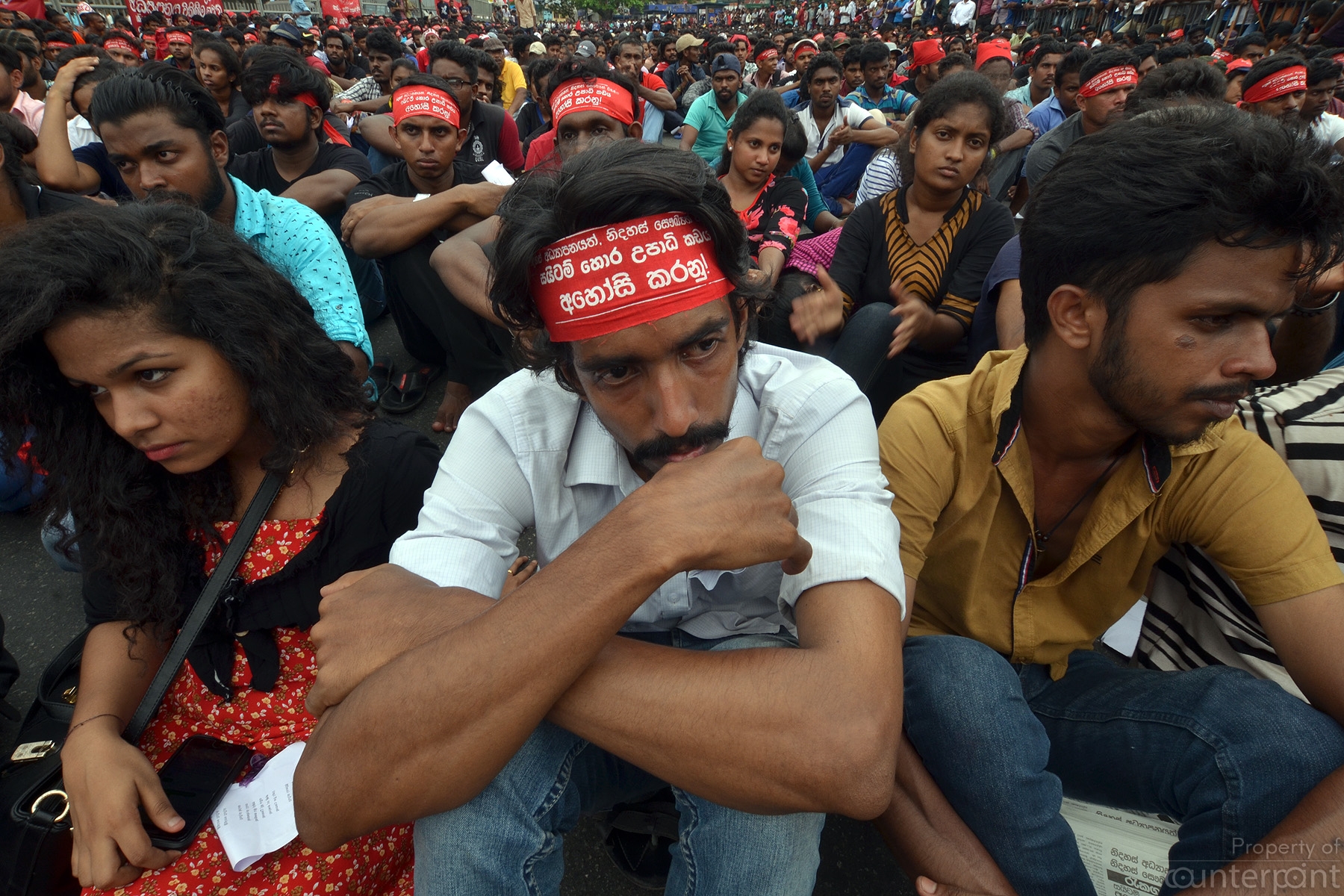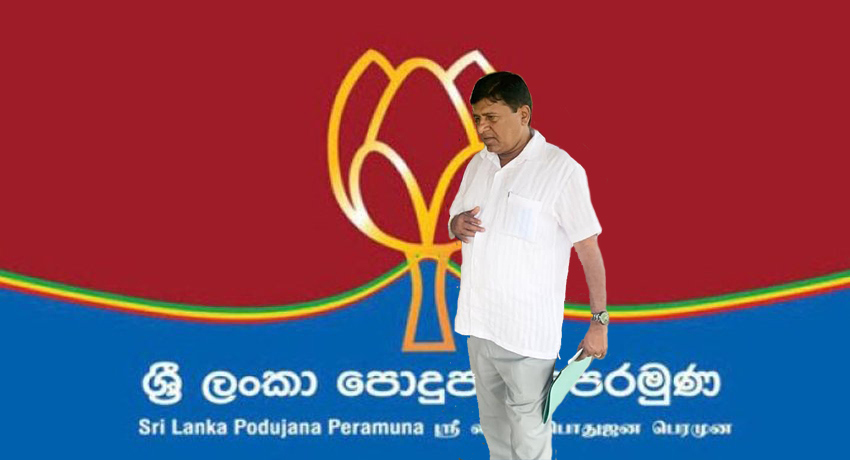I agree, this has now become an oft heard cliché. And indeed, quite a relevant one in the current polemical debate and ensuing street protest and violence on the establishment of a private medical education institute in Sri Lanka – the SAITM.
Ever since the fall of the Soviet Union and the Berlin Wall and the advent of a unipolar world under the hegemony of the USA; and the consequent grandiloquent pronouncement of Francis Fukuyama in 1992 that
“The End of History and the Last Man”
has been reached; and neoliberalism gained politico-economic ascendency, there has been rapid advancement in higher education becoming a ‘tradable commodity’.
‘Liberal democracy’ and ‘economic liberalism’ became the catch phrases of a New World Order in which anything had a price and anything was, therefore, tradable. Education and health of citizens, until that time, was still considered basic sectors that the State had greater responsibility. But not anymore. With education and higher education being opened to market forces without condition, with demand for higher education growing exponentially, it has now become an excellent seller’s market, both at national and international levels. This is also linked with the greater influence exerted by the World Trade Organisation (WTO) and General Agreement on Trade in Services (GATS) on world trade in recent times.
Two decades ago, perhaps a little before, the concept of education and higher education being a ‘public good’ was accepted without much debate in Sri Lanka. But today, its acceptance has become conditional. It has become necessary for many to ask the rhetorical question – “Is education / higher education a public good or a tradable commodity?”.

Students have been protesting the setting up of SAITM, all through the year.
This leads to other consequential questions. Is it possible for education to be both – a ‘public good’ and a ‘tradable commodity’ – at the same time? Or can it be switched from one to the other depending on circumstances? Can the motive of public good be achieved by levying cost-based or reasonable fees? In other words, need all fee-levying courses be considered as trading education as a commodity? Or on the other hand, does education as a public good necessarily have to be non-fee levying? Do ‘not-for-profit’ trust-managed institutions of higher education fall into the category of ‘sellers’ of the education commodity? What is the defining line between public-interest determinants of higher education as against private-interest, profit-motivated investments in higher education?
There is growing concern in some academic circles that GATS is the proverbial ‘foot in the door’ of turning higher education globally from a public good to a tradable commodity; that it will seriously erode higher education opportunities of the economically less privileged, not only in developing countries, but in developed countries as well if governments are coerced to make commitments in the education sector under the GATS. However, decisions to open markets in higher education can be taken by national governments regardless of GATS commitments. Sri Lanka has not yet made any commitments in the education sector. It is argued that commodification is the death knell for equity and equality in higher education and ‘education as a public good’ will soon be history. The polemical battle-lines have already been drawn. At one end, we find the enthusiastic entrepreneurial promoters of commercialization of education. At the other end are the traditionalist academics, educators, professionals who find ‘commodification’ or ‘marketisation’ of education both distasteful and anti-social. Then there is a spectrum of opinion in between.
Today, education worldwide is a trillion-dollar industry. Traditionalists find even the current coinage – ‘education industry’ inappropriate; even vulgar. The education entrepreneurs find it ‘as it should be’. It is an industry, they would insist. It is said that education is second only to the armament industry in their profit margins – having even overtaken the pharmaceutical industry. Therefore, the stakes are substantial. The market demands for higher education are at an all-time high. Education, unfortunately, at present, has become a low-risk, high-return ‘industry’.
As I mentioned earlier, in the current global environment where neo-liberal values and concepts have gained prominence and ascendance, it has become an increasingly uphill task to reaffirm the ‘old traditional values’ of education as a ‘Right’ that has been ratified by the UN in the International Covenant on Economic, Social and Cultural Rights (ICESCR) and not a commodity to be bartered and offered to the highest bidder in the marketplace.

We must view with concern the possibility that the global neoliberal agenda on education can even compromise the sovereignty and autonomy of nations by the subtle inclusion of Western value concepts at the cost of indigenous cultural diversity and values; thus, enforcing a new ‘global culture’ with the ‘globalised education’, which is turning out to be a new form of cultural/educational neo-colonialism. Thus, this globalised education promotes and entrenches the values of the market in the next generation of professionals and policy-makers.
Is this debate, in the final analysis, a clash of values? A clash of values between those who would see higher education as simply as a commercial venture with a profit motive and those who believe that education is a human right and a public good; those who believe that market forces cannot (and perhaps will not) guarantee the maintenance and enhancement of an accessible and high-quality education system? Or is it not? Is it only a necessary component of current trends in the neoliberal global developmental imperatives?
Sri Lanka has had a reasonably long tradition of ‘free education’ – of over 70 years – that includes tertiary education. Education has been predominantly a public service and State responsibility. If education and higher education is gradually converted into a commodity and just another business opportunity, then it is possible that the positive social outcomes that Sri Lanka is proud of – as demonstrated by high ‘quality of life’ indices in health and literacy rates that we have attained – may be lost for the future generations.
Let me conclude with two controversial questions – considering the current heat generated by the ‘anti-SAITM’ protests and other forces now emotionally engaged on the two sides of the barricades:
How much are the battle lines drawn, based on altruistic motivations in the public-interest? Are there other multiple hidden agendas that do not directly meet the eye?
Prof. Mendis was the Former Vice-Chancellor of the University of Ruhuna
Email: susmend2610@gmail.com





